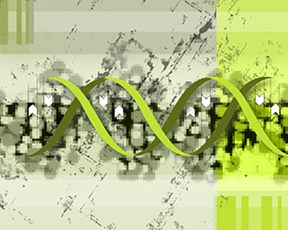
Researchers looked at one particular strain of S. pneumoniae, called PMEN1, which was first recognized in a Barcelona hospital in 1984.
Scientists have constructed a detailed family tree for a nasty strain of Streptococcus pneumoniae, allowing them to see how the bacteria have evolved and evaded both vaccines and antibiotics in recent years.
Emory infectious disease specialist Keith Klugman was part of an international team that deciphered the entire genomes of 240 samples of S. pneumoniae. The study was published in January in the journal Science.
Researchers looked at one particular strain of S. pneumoniae, called PMEN1, which was first recognized in a Barcelona hospital in 1984. The team’s analysis indicates PMEN1 probably first arose around 1970 and then spread around the world because it was resistant to penicillin.
How PMEN1 and other strains became resistant to antibiotics comes from their ability to give their DNA to other bacteria, the study shows. Klugman says the problem of antibiotic resistance seems to rest largely on the ability of bacteria to “hand over” their DNA to other bacteria. Antibiotic resistance that results from mutations that change bacterial DNA one letter at a time occurs less often, he says.
